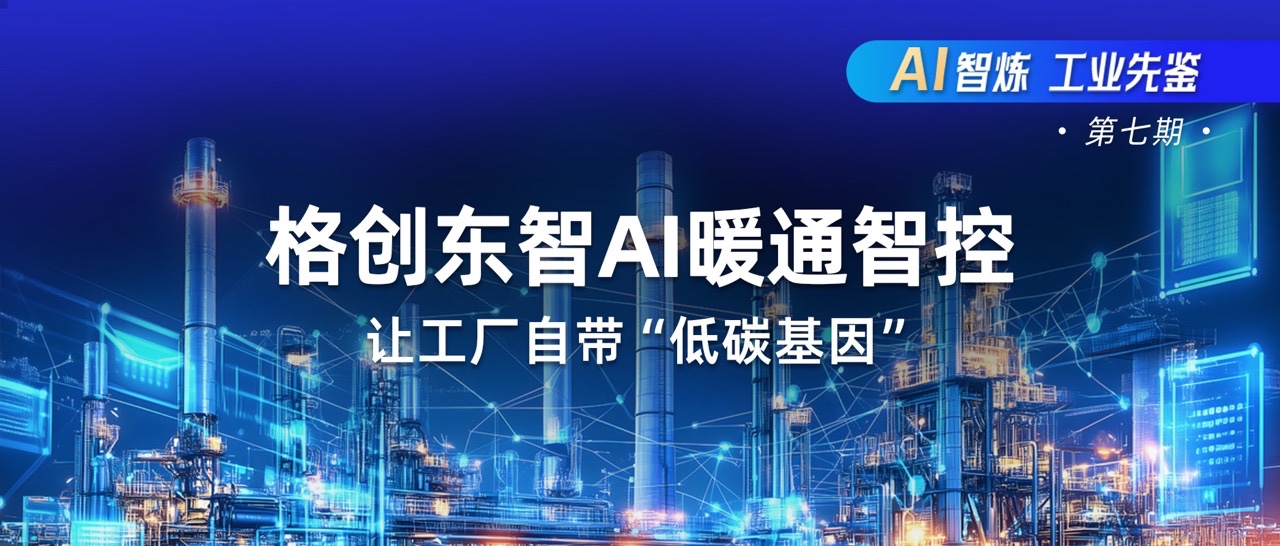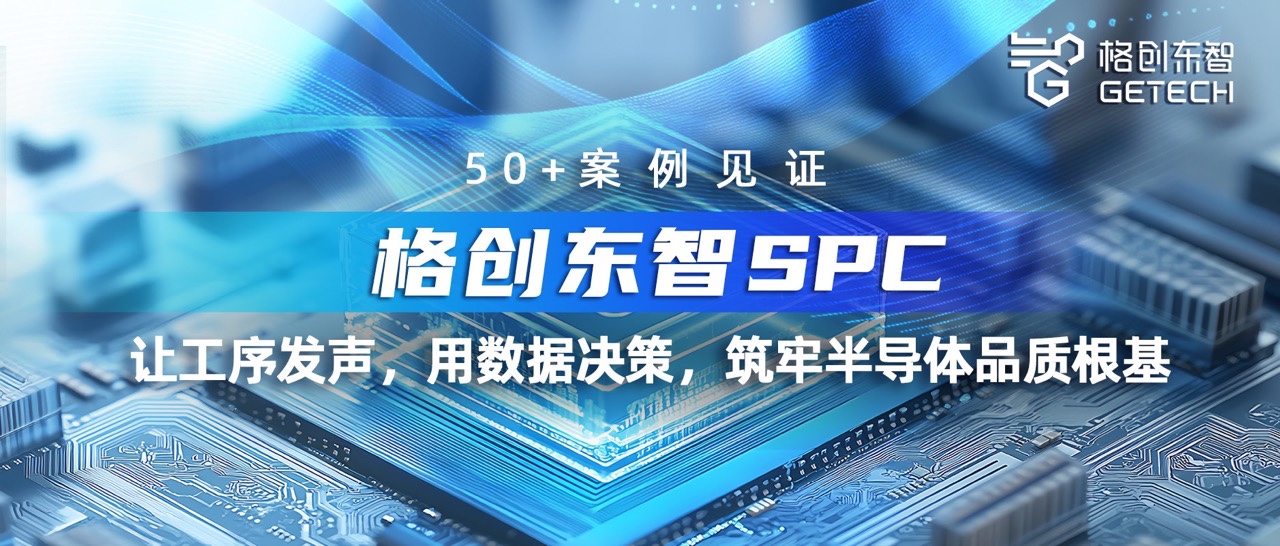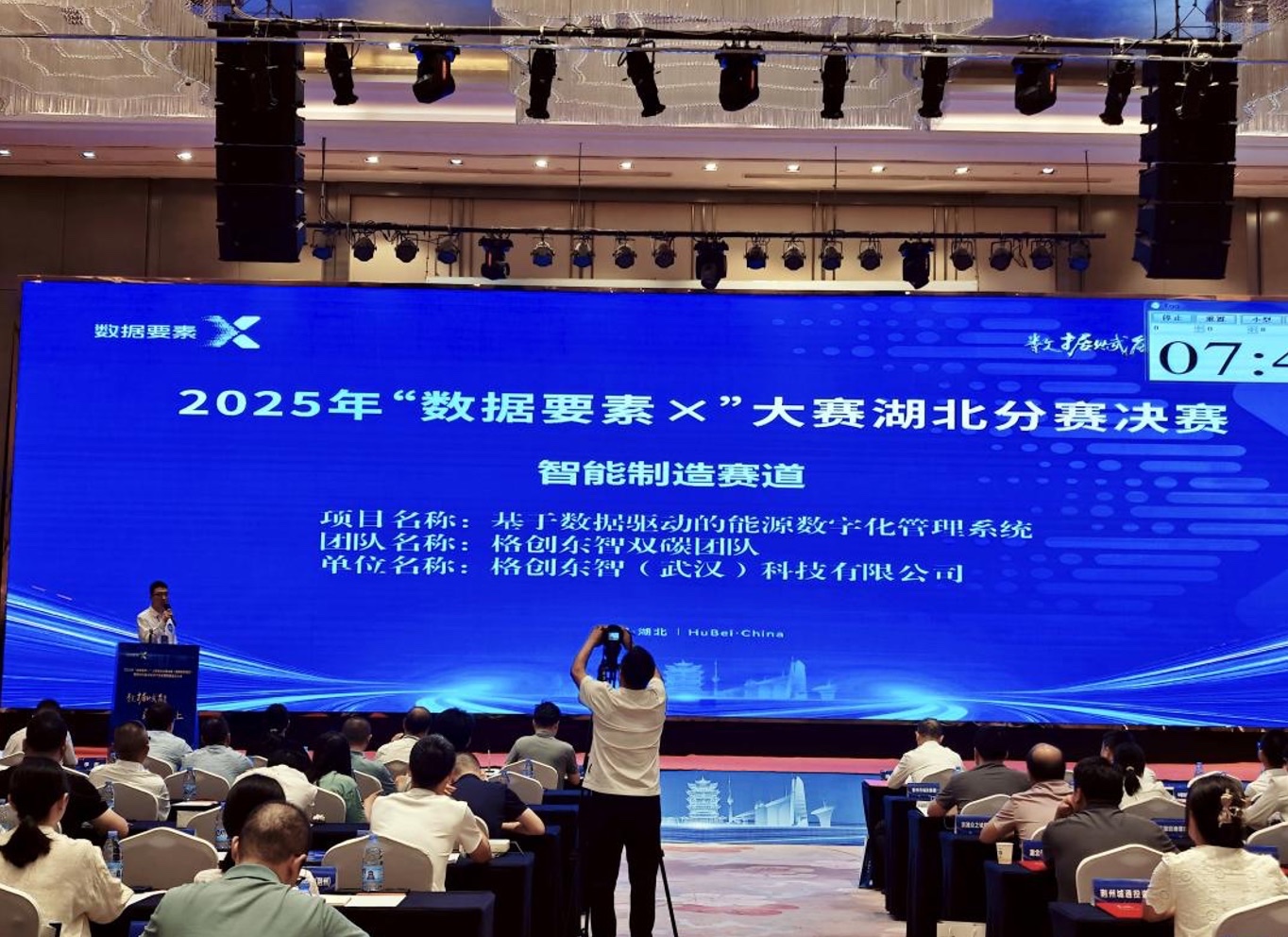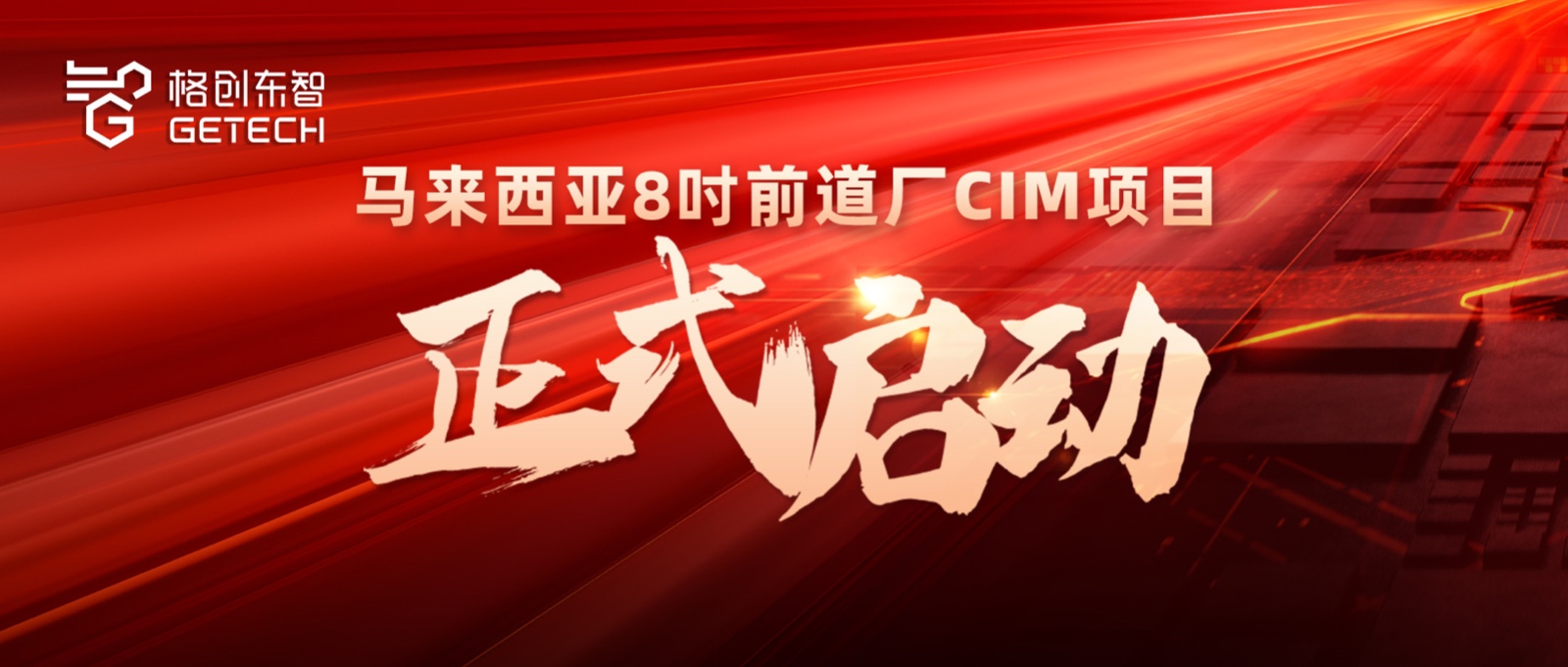From Porter to Agent: GETECH Empowers OHT Crane's Intelligent Evolution
In the cleanroom of a semiconductor 3nm process factory, an OHT (Overhead Hoist Transport) crane is suspended on a track, moving at high speed. As it approaches the target machine, it suddenly slows down—not due to a command from the central system, but because it receives a temporary lane-change signal from a vehicle 10 meters ahead, and its sensors also detect the vehicle. It autonomously plans a detour and simultaneously shares the decision with nearby equipment; when gripping a wafer carrier (FOUP), vibration sensors detect micron-level vibrations, and the edge controller immediately adjusts the gripper through dynamic optimization to ensure zero damage to the wafers. This is not a sci-fi scenario but the daily operation of GETECH's OHT Crane Agent.
As edge computing, multi-modal sensing, and AI algorithms are deeply integrated into traditional cranes, the 'aerial porter' of semiconductor logistics is upgrading into an agent with environmental perception, autonomous decision-making, and self-evolution capabilities, redefining the efficiency and reliability boundaries of AMHS (Automated Material Handling System).
I. From 'Execution Terminal' to 'Agent': The Evolution Logic of OHT Cranes
Traditional OHT cranes are essentially 'execution terminals of the central control system': they rely on fixed tasks and path instructions from MCS (Material Control System) and OHTC (Overhead Hoist Transport Control), use simple sensors for positioning, and depend entirely on manual troubleshooting for faults. This model exposes shortcomings in advanced process factories—3nm production lines need to handle over 100,000 wafer transport tasks daily, where a 1-second delay in equipment response can reduce machine efficiency; when wafer thickness drops to 50μm, vibrations as low as 0.5G can cause cracking, and the mechanical errors of traditional cranes are already approaching process limits.
The breakthrough of GETECH's OHT Crane Agent lies in building a 'perception-decision-execution' closed loop, transforming cranes from 'passive execution' to 'active collaboration'.
Perception Layer: Uses lidar, vision cameras, temperature sensors, etc., to capture multi-dimensional data in real-time, including track status, surrounding equipment, and its own mechanical performance;
Decision Layer: The edge controller processes data locally, combining AI algorithms to autonomously generate optimal paths and dynamically adjust operating parameters;
Execution Layer: The OHT operating system performs real-time motion control, cooperating with force feedback devices for compliant operations.
II. Sensor Matrix: The 'Five-Sense System' of Intelligent Cranes
The agentization of OHT cranes begins with 'omniscience' of the environment and itself. GETECH equips cranes with a complete sensor matrix, akin to giving them 'eyes, ears, and nerve endings', with each sensor specially optimized for semiconductor cleanroom environments.

Environmental Perception Sensors
Lidar: Installed at the front upper and lower parts of the crane, it can identify foreign objects as small as 0.5mm in diameter (e.g., loose screws) from 10 meters away, with a ranging accuracy of ±2mm, providing real-time obstacle data for path planning;
Vision Camera + AI Recognition: High-speed industrial cameras combined with deep learning algorithms accurately identify track markers and machine Load Port positions, with positioning errors ≤0.1mm, maintaining stable recognition even under changing cleanroom lighting;
Wireless Communication Sensors: Cranes are equipped with wireless communication sensors that do not rely on WiFi, allowing cranes to form local networks within a certain range for efficient and secure local decision-making.
Equipment Status Perception Sensors
Current/Voltage/Temperature Sensors: Monitor motor operating parameters in real-time; when current fluctuations exceed ±5% or temperature rises to 60°C, automatically reduce load and notify the scheduling system to avoid sudden shutdowns;
Force Feedback Sensor: Integrated into the FOUP gripping mechanism, it detects gripping force (accuracy ±0.1N) and dynamically adjusts clamping force when the carrier is slightly deformed to prevent wafer slippage.
Inertial Measurement Unit (IMU): Monitors the crane's motion posture in real-time, with the edge controller adjusting the crane's operating state at millisecond frequency based on IMU data.
III. Edge Control: The 'Cerebellum' of Intelligent Cranes, Enabling Localized Real-Time Decision-Making
If sensors are the 'five senses', the edge controller is the crane's 'cerebellum'—processing data and making decisions locally, freeing it from dependence on the central system, which is the core breakthrough of agentization.
Low-Latency Decision-Making: Traditional crane path adjustments require a 'sensor → crane → OHTC → crane' chain, often with delays exceeding 100ms. The edge controller deploys processing nodes locally on the crane, compressing data processing delays to within 10ms.
Offline Autonomous Capability: When the AMHS central network is interrupted, traditional cranes stop immediately. Edge-controlled cranes, however, can monitor their own status via sensors and, through wireless communication sensors and local networks formed with nearby cranes, continue executing received transport commands based on locally stored track maps and task queues.
Energy Consumption Optimization: The edge controller combines real-time task load and equipment status to dynamically adjust operating parameters. For example, it automatically reduces motor speed during unloaded return trips to save energy; it adjusts driving torque in advance based on track slope to avoid sudden acceleration/deceleration, reducing vibration and saving energy.
IV. AI Algorithms: The 'Brain' of Intelligent Cranes, Driving Autonomous Evolution
Sensors and edge control form the 'hardware foundation' of the agent, while AI algorithms provide 'thinking capabilities', achieving the leap from 'data to decision'.

Dynamic Path Planning: Path algorithms trained with reinforcement learning optimize travel routes in real-time. When crane density in an area exceeds the threshold, new task cranes are automatically guided to detour to avoid 'aerial traffic jams'; by analyzing the trajectories of nearby cranes, potential conflicts are predicted in advance for 'predictive avoidance'.
Fault Prediction and Health Management: Machine learning models analyze historical sensor data to build equipment health assessment systems. For example, spectral analysis of drive motor vibration data identifies early fault characteristics; based on historical maintenance records and operating parameters, personalized maintenance plans are automatically generated to improve Mean Time Between Failures (MTBF).
Swarm Intelligence Collaboration: Multiple cranes use distributed collaboration algorithms at edge nodes to achieve group optimization. When crane load in an area is too high, some tasks are automatically scheduled to idle cranes; when a crane suddenly fails, nearby cranes automatically share its unfinished tasks and adjust paths to avoid the fault area, ensuring production line logistics continuity.
Meanwhile, GETECH has partnered with the University of Hong Kong to establish a Joint Industrial AI Laboratory, continuously exploring scheduling algorithms and agent applications, accelerating the evolution of OHT Crane Agents.
V. From 'Intelligent Single Machine' to 'Intelligent Network': Reshaping the Semiconductor Logistics Ecosystem
When OHT cranes are not just 'fast runners' but also 'see, think fast, and calculate accurately', they upgrade from porters on tracks to agents in the production line. The value of GETECH's OHT Crane Agent lies not only in the performance improvement of single devices but also in building an intelligent logistics network through 'device interconnection + data interoperability', deeply integrated with GETECH's CIM system, bringing systematic changes to semiconductor factories:
Yield Improvement: Wafer contamination rates and vibration-related cracking rates due to handling are reduced, thereby improving wafer yield;
Efficiency Optimization: Overall crane system throughput increases, machine waiting time for materials decreases, and annual wafer production capacity rises;
Cost Reduction: Predictive maintenance lowers repair costs, and energy optimization saves over a million yuan annually in electricity bills;
Flexibility Upgrade: Supports dynamic scheduling for mixed-line production of 8-inch/12-inch wafers, shortening production line switchover time.
In the future, with the integration of digital twins, 5G communication, and more advanced AI models, GETECH's OHT Crane Agent will achieve higher-order capabilities—for example, simulating the effects of different scheduling strategies via digital twins to optimize paths in advance; combining with factory energy management systems to automatically adjust operating rhythms during peak electricity usage, balancing production and energy consumption. This intelligent revolution of 'aerial porters' is becoming a key step for semiconductor manufacturing toward 'lights-out factories', and GETECH will continue to redefine the efficiency boundaries of smart manufacturing with its integrated 'AI + CIM + AMHS' solution, supporting China's semiconductor industry in achieving independent, controllable, and high-quality development.





